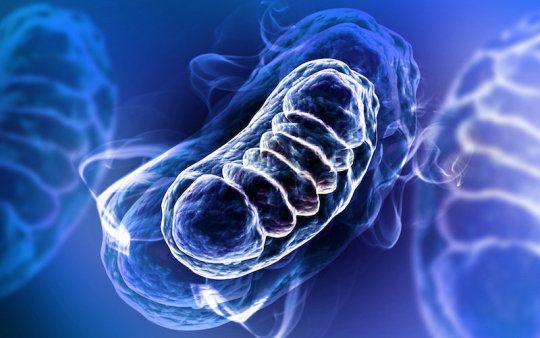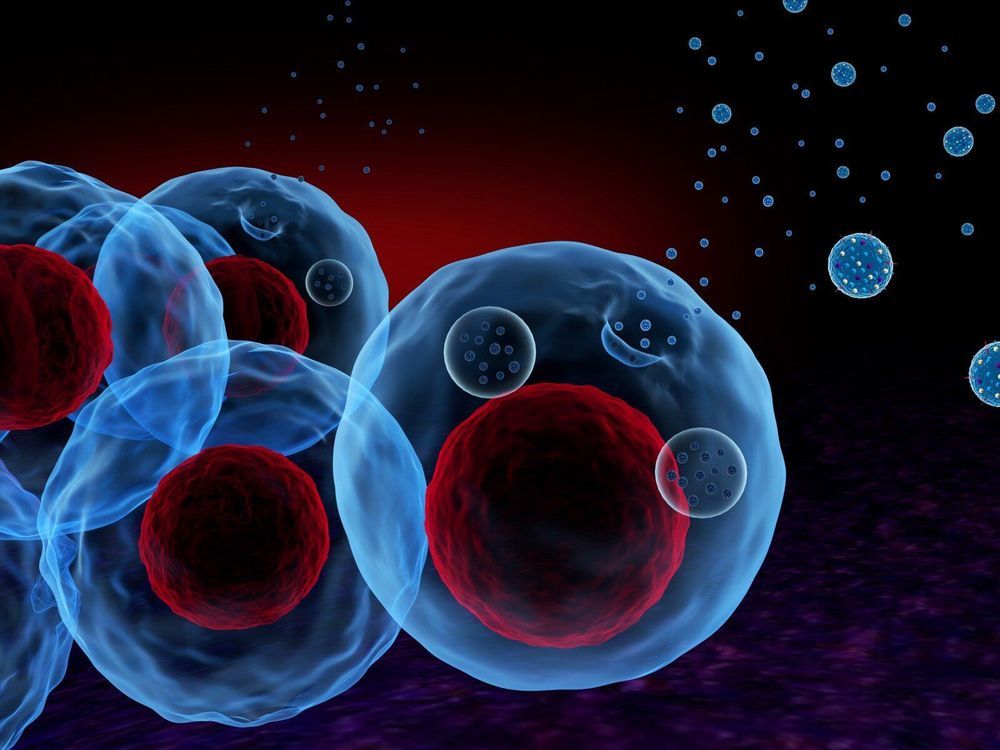Disruption of certain DNA structures—called topologically associating domains, or TADs—is linked with the development of disease, including some cancers. With its newly created algorithm that quickly locates and helps elucidate the complex functions of TADs, an international team of researchers is making it easier to study these important structures and help prevent disease.
“On your DNA you have genes and regulatory elements—such as promotors and enhancers—that control gene expression, but these two things can be far away from each other,” said Qunhua Li, associate professor of statistics, Penn State. “Similar to a dresser drawer that keeps your clothes organized and available for use, TADs bring genes together with their regulatory elements, which enables them to begin the process of gene expression.”
Gene expression is the process by which the information encoded in DNA gives rise to observable traits.






